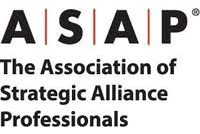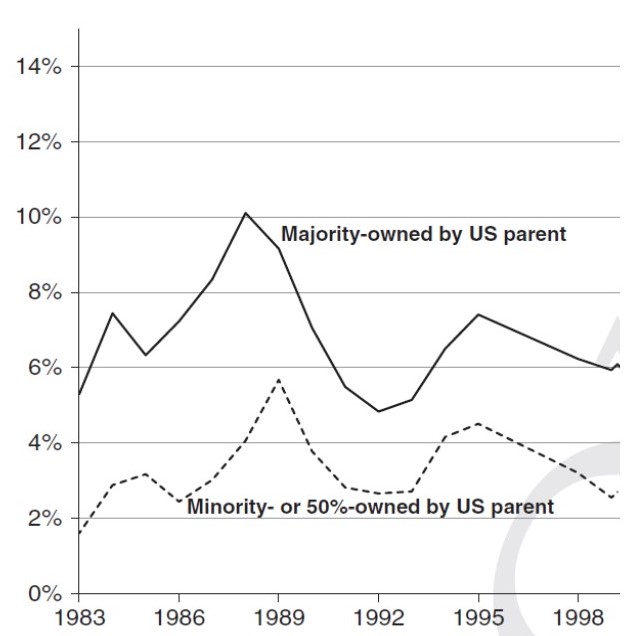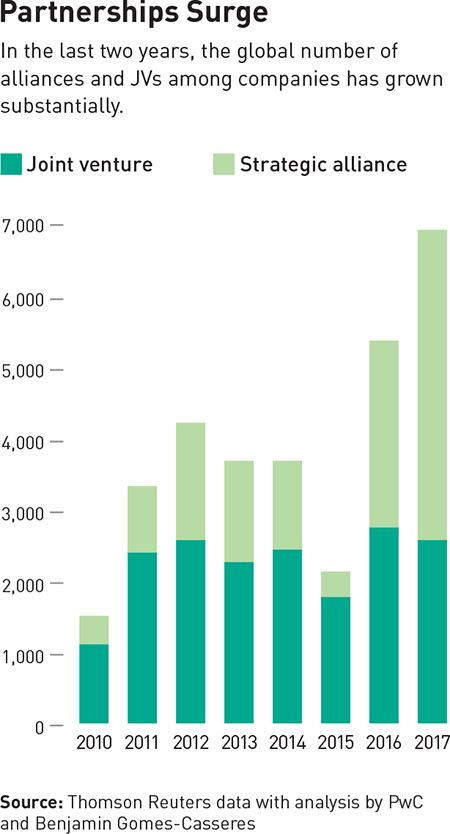By Ben Gomes-Casseres | Originally in HARVARD BUSINESS REVIEW |
Collaboration in business is no longer confined to conventional two-company alliances, such as joint ventures or marketing accords. Today we see groups of companies linking themselves together for a common purpose. Consequently, a new form of competition is spreading across global markets: group versus group.
Call them networks, clusters, constellations, or virtual corporations, these groups consist of companies joined together in a larger, overarching relationship. The individual companies in any group differ in size and focus, but they fulfill specific roles within their group. Furthermore, within the network or group, companies may be linked to one another through various kinds of alliances, ranging from the formality of an equity joint venture to the informality of a loose collaboration.
A prime example of such an alliance group was built between 1987 and 1991 by Silicon Valley start-up Mips Computer Systems, which has since been acquired by Silicon Graphics. Mips developed a huge network of alliances to promote its new microprocessor technology. And networks exist in other industries, too, where they are often created to maximize joint volume in order to exploit economies of scale. For example, Swissair’s alliances with Delta Air Lines, Singapore Airlines, and SAS sought to increase bookings on transatlantic and European-Asian flights and to combine the procurement and maintenance of airplanes. In automobiles, General Motors’ network of partners, which includes Toyota, Isuzu, Suzuki, and Saab, competes globally with a group of Ford partners, consisting of Nissan, Mazda, Kia, and Jaguar. In the multimedia field, an array of alliance groups has sprung up in the past two years as the computer and communications industries have converged. Computer companies have joined with consumer electronics companies, cable TV operators, telecommunications providers, and entertainment companies to develop new products and services.
Are alliance groups the wave of the future or a passing fad? Have they actually helped group members compete more effectively?
Too little empirical evidence exists as yet to answer these questions with complete assurance. But we do know enough, based on the experiences of the pioneers in group-based competition, to examine the questions that senior executives should be asking themselves before they organize, dive into, or decide to forgo these alliance networks. Networks offer obvious advantages to their members. However, those advantages come with costs that may not be so obvious.
VIEW FULL ARTICLE









